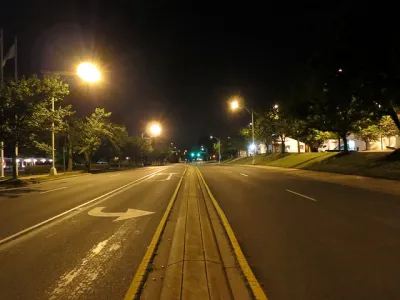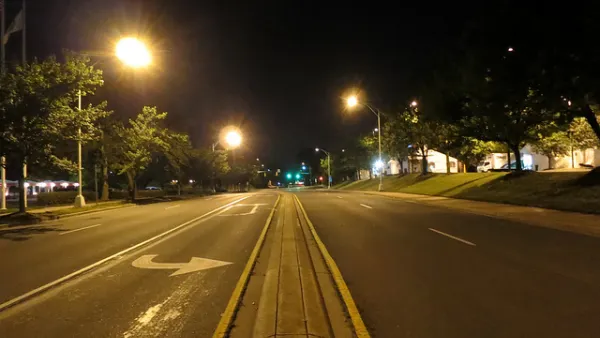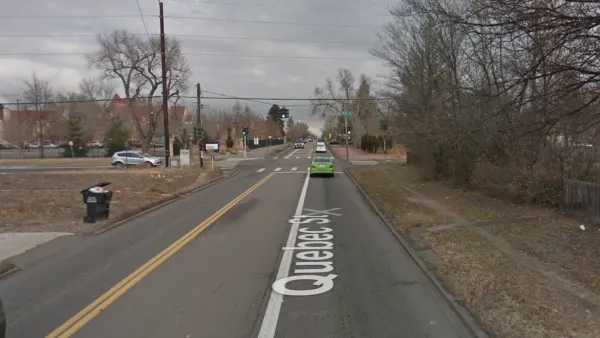It's something we feel intuitively: poorly-designed arterial roads make for less comfortable neighborhoods. That remains the case even if the adjoining residential streets are quiet and safe.

Across the country, it's common to find leafy, pleasant residential streets marred by the traffic-ridden, crime-friendly, unwalkable arterials linking them together. New research from the University of Colorado Denver examines this proximity effect as it concerns dysfunctional major roads.
Building on Donald Appleyard's 1970s research on traffic versus quality of life, the report finds that "high traffic on your street isn't the only type of traffic affecting what you think of where you live. Researchers Wesley Marshall and Carolyn McAndrews found that living near, but not on, a wide, high-traffic arterial can also reduce residential satisfaction."
Rather than overloading arterial roads and highways to create pockets of artificial suburban calm, a more even distribution of vehicle traffic could increase overall quality of life despite higher use of some smaller roads.
Angie Schmitt writes, "In some cases, the study found, people who lived on relatively high-traffic residential streets, but near well-designed low-traffic arterials, had better quality of life than those who lived in the reverse scenario, on a low-traffic street but by a big, badly designed arterial road."
FULL STORY: Study: High-Traffic Arterial Roads Reduce Quality of Life, Even Blocks Away

National Parks Layoffs Will Cause Communities to Lose Billions
Thousands of essential park workers were laid off this week, just before the busy spring break season.

Retro-silient?: America’s First “Eco-burb,” The Woodlands Turns 50
A master-planned community north of Houston offers lessons on green infrastructure and resilient design, but falls short of its founder’s lofty affordability and walkability goals.

Delivering for America Plan Will Downgrade Mail Service in at Least 49.5 Percent of Zip Codes
Republican and Democrat lawmakers criticize the plan for its disproportionate negative impact on rural communities.

Test News Post 1
This is a summary

Test News Headline 46
Test for the image on the front page.

Balancing Bombs and Butterflies: How the National Guard Protects a Rare Species
The National Guard at Fort Indiantown Gap uses GIS technology and land management strategies to balance military training with conservation efforts, ensuring the survival of the rare eastern regal fritillary butterfly.
Urban Design for Planners 1: Software Tools
This six-course series explores essential urban design concepts using open source software and equips planners with the tools they need to participate fully in the urban design process.
Planning for Universal Design
Learn the tools for implementing Universal Design in planning regulations.
EMC Planning Group, Inc.
Planetizen
Planetizen
Mpact (formerly Rail~Volution)
Great Falls Development Authority, Inc.
HUDs Office of Policy Development and Research
NYU Wagner Graduate School of Public Service





























